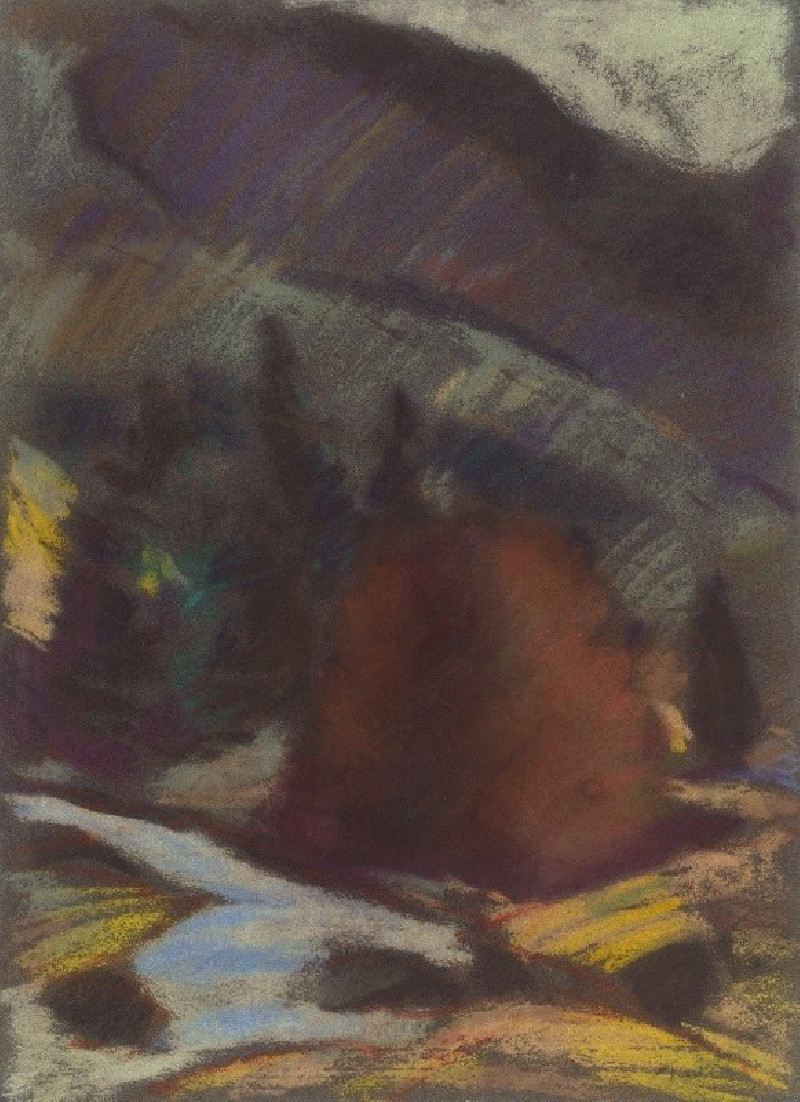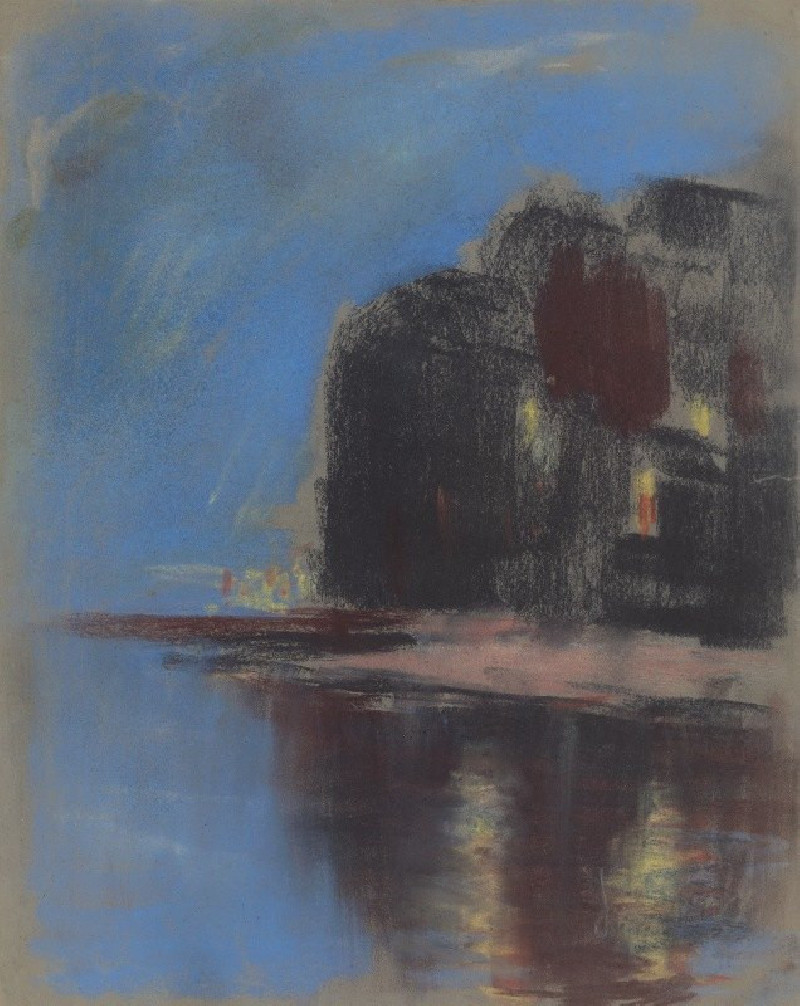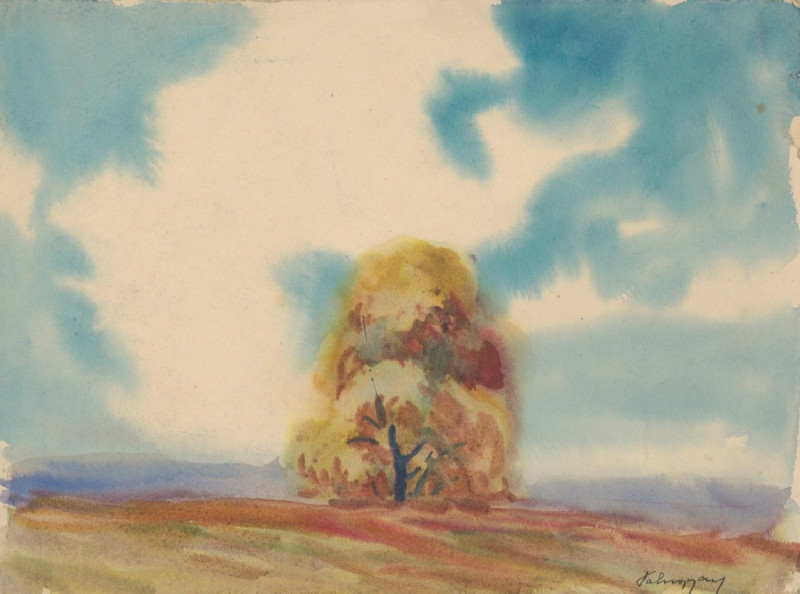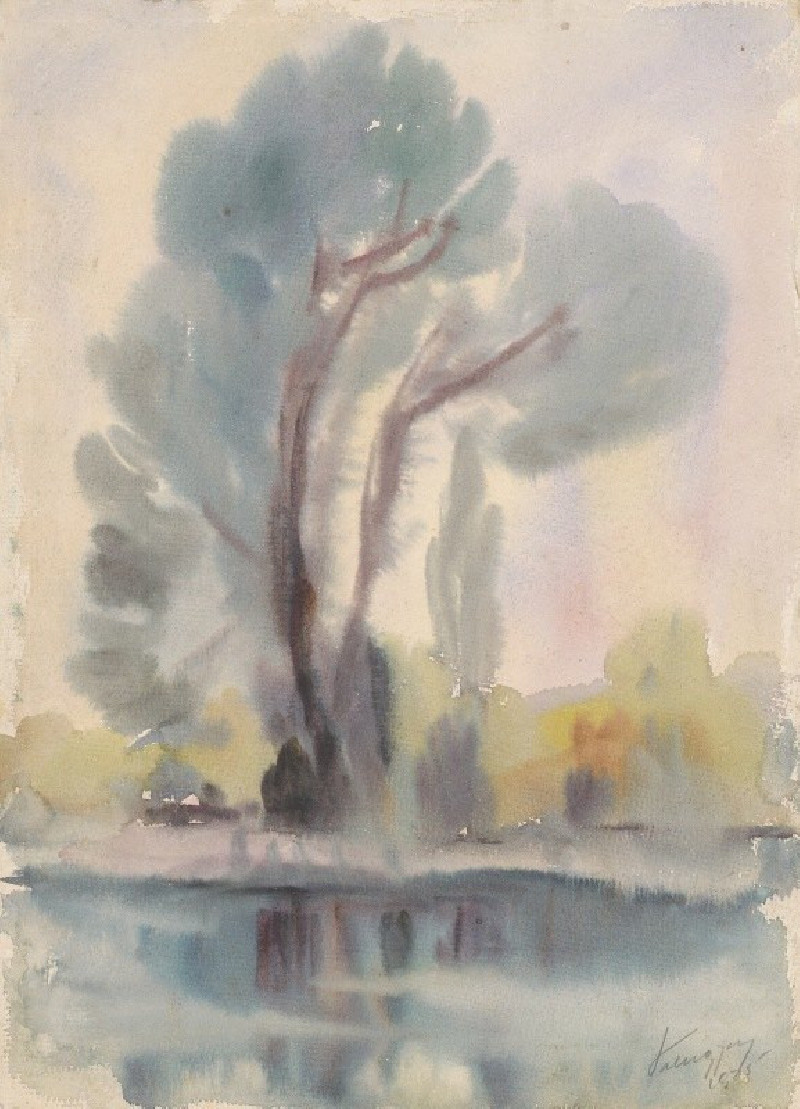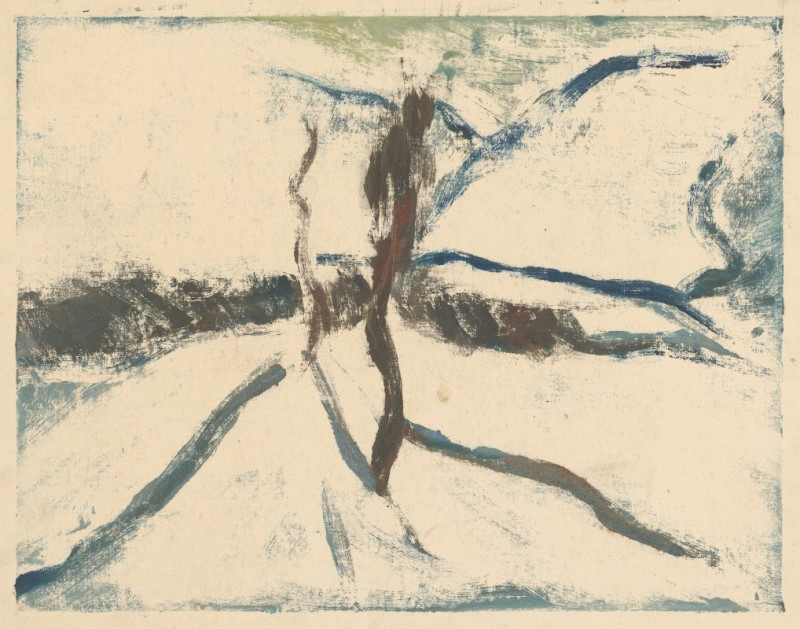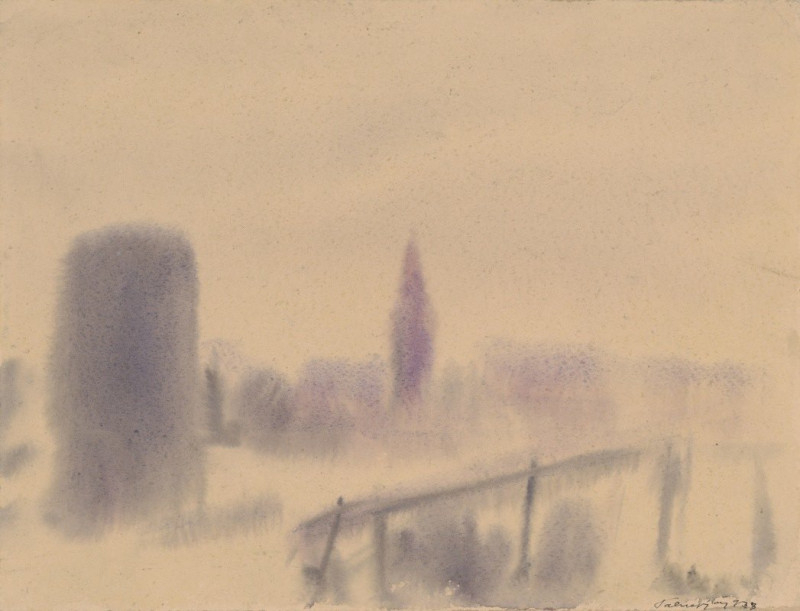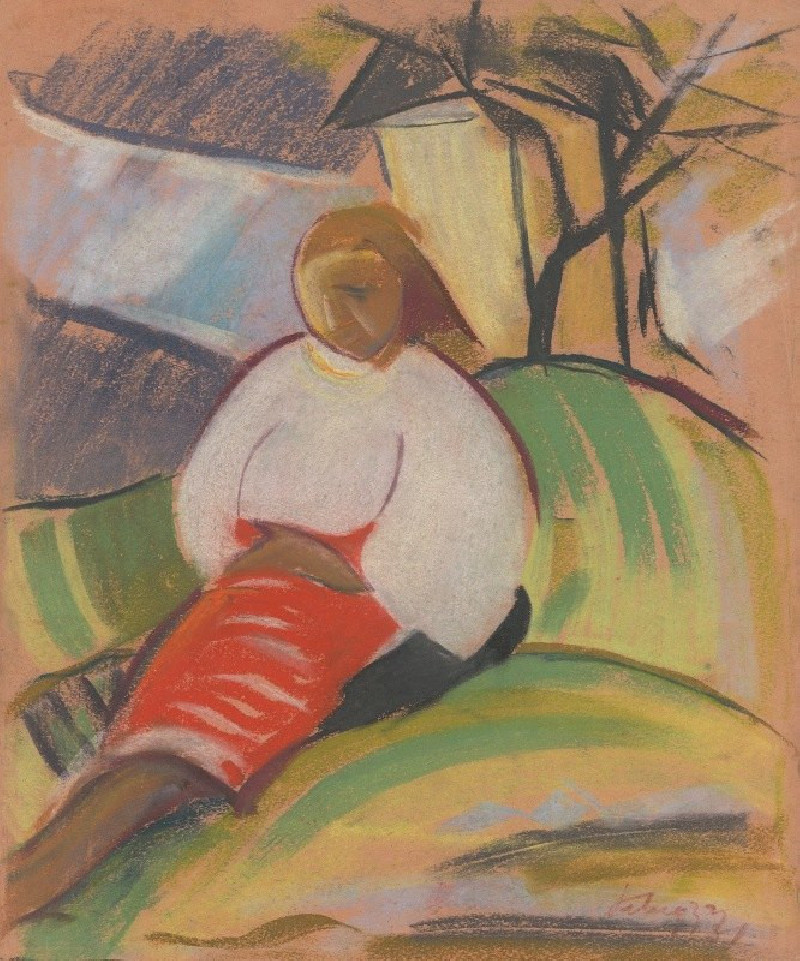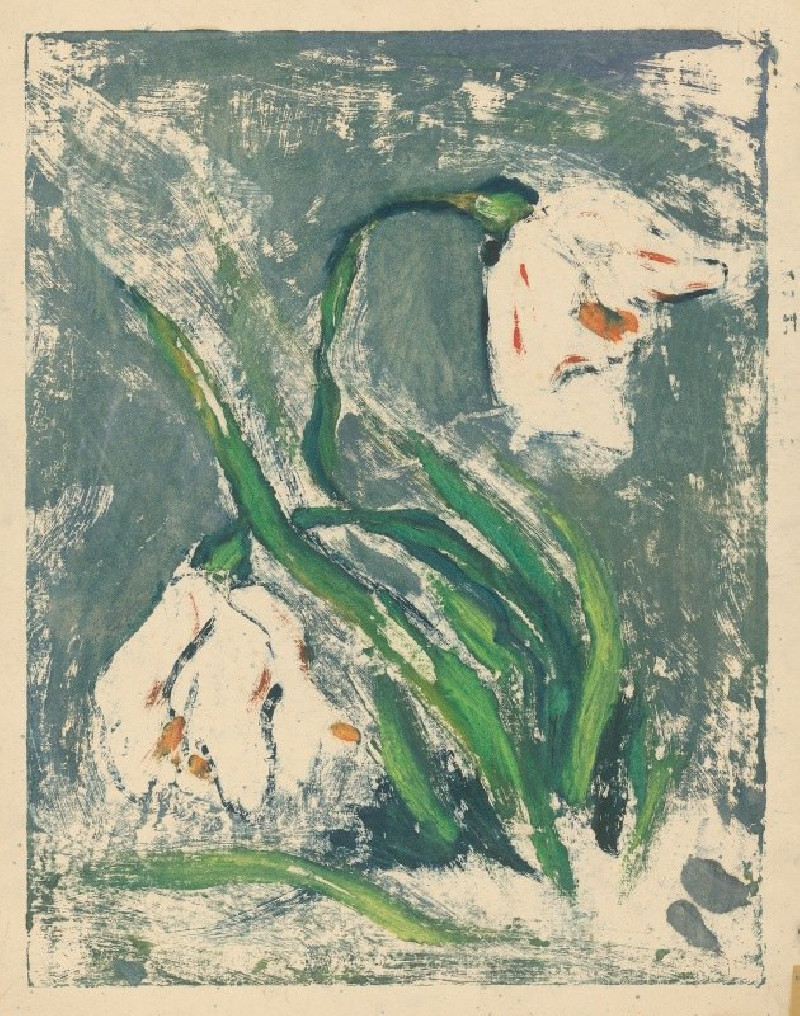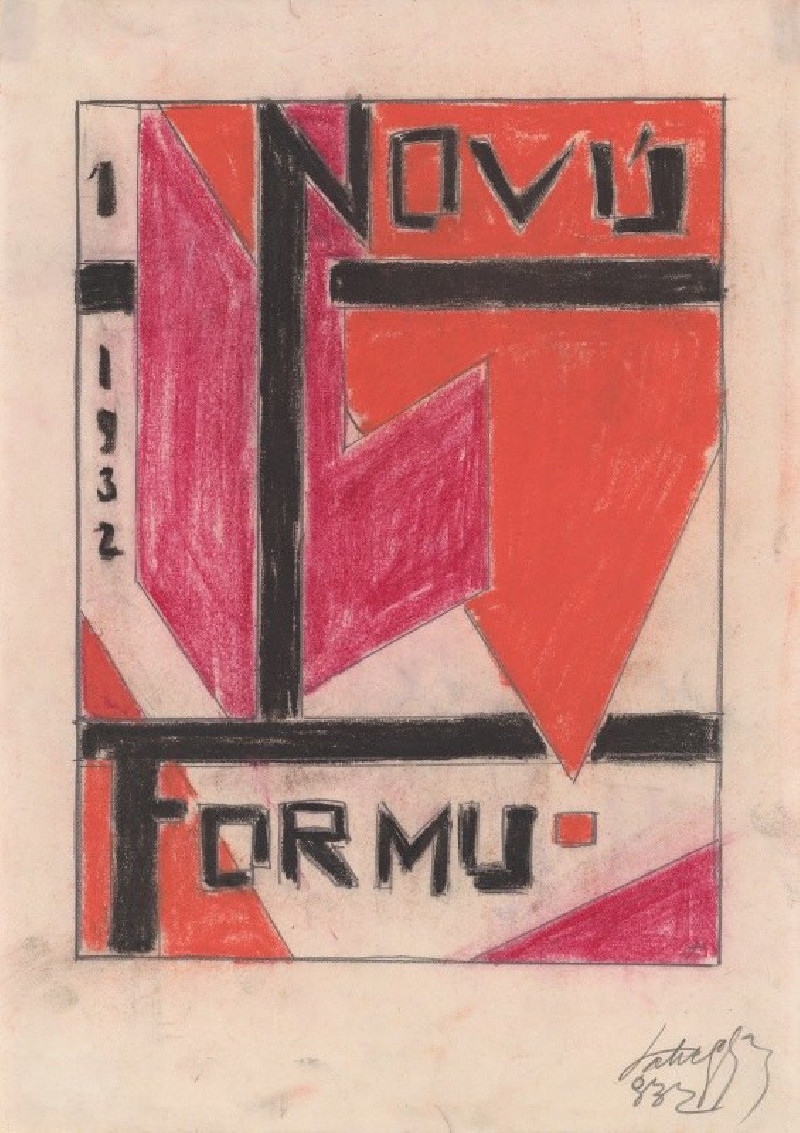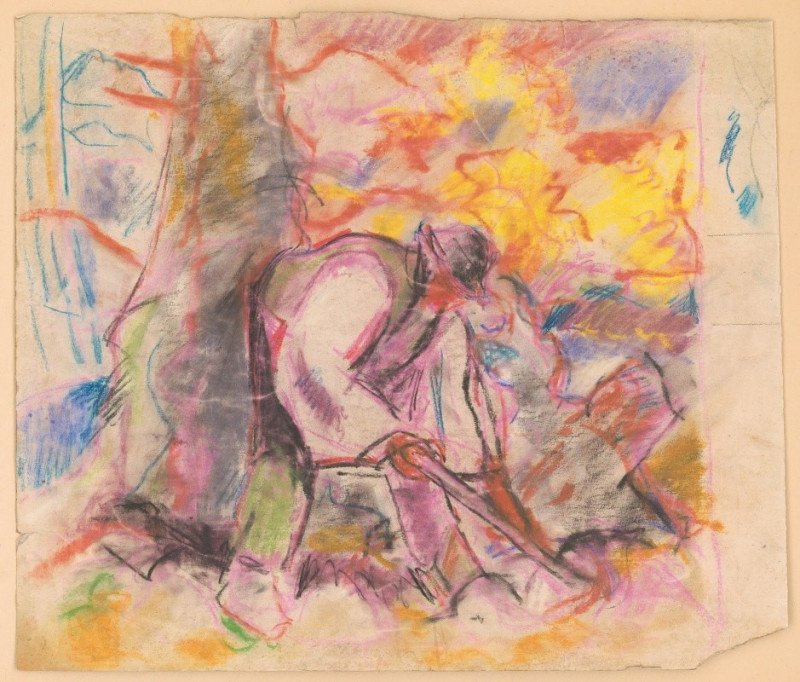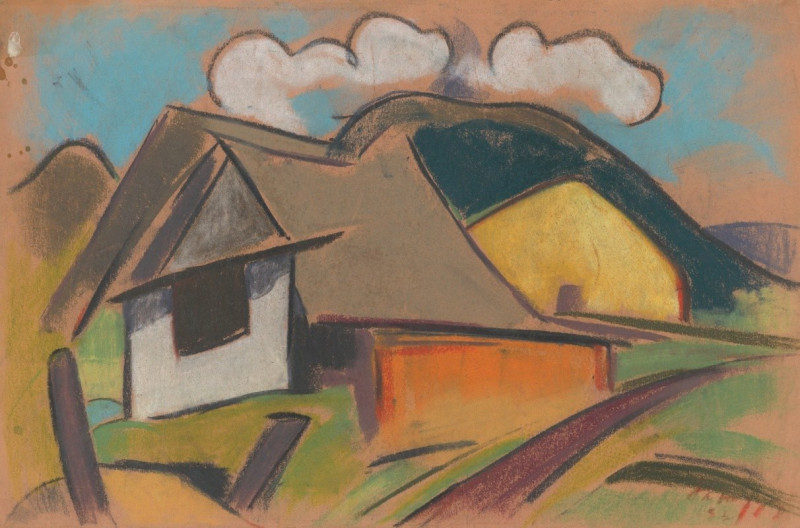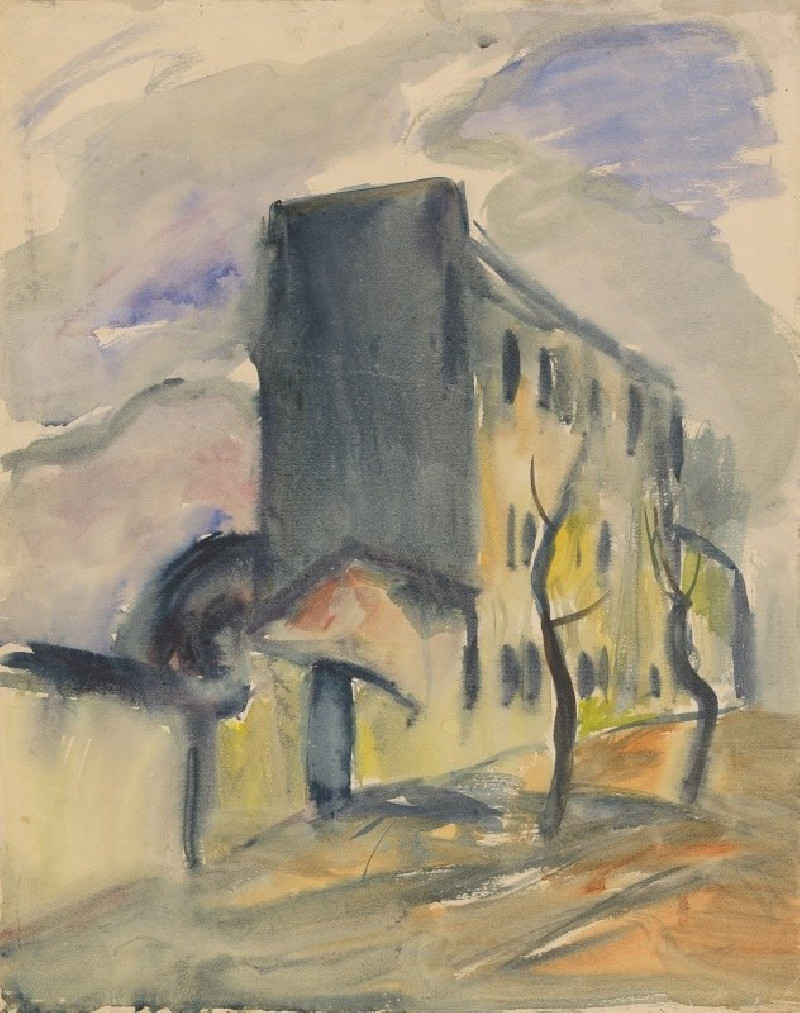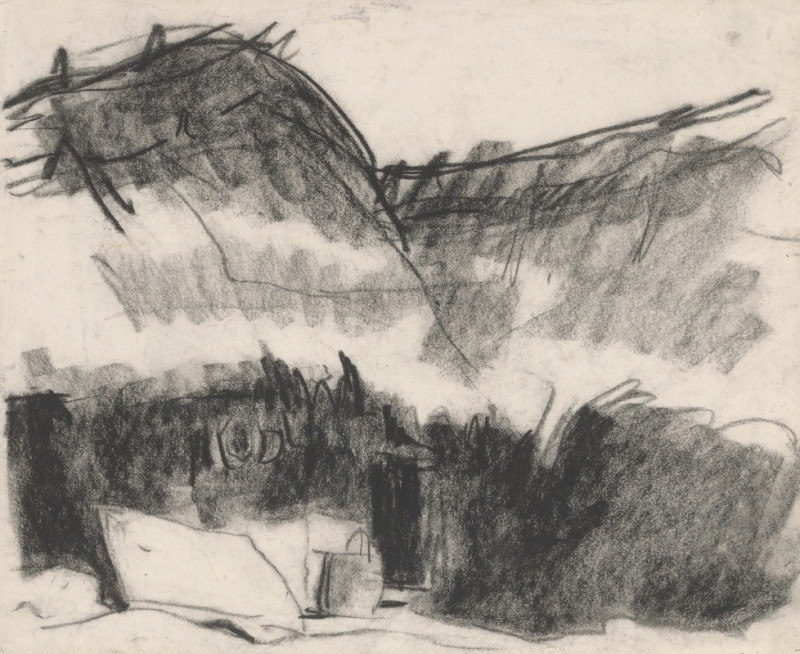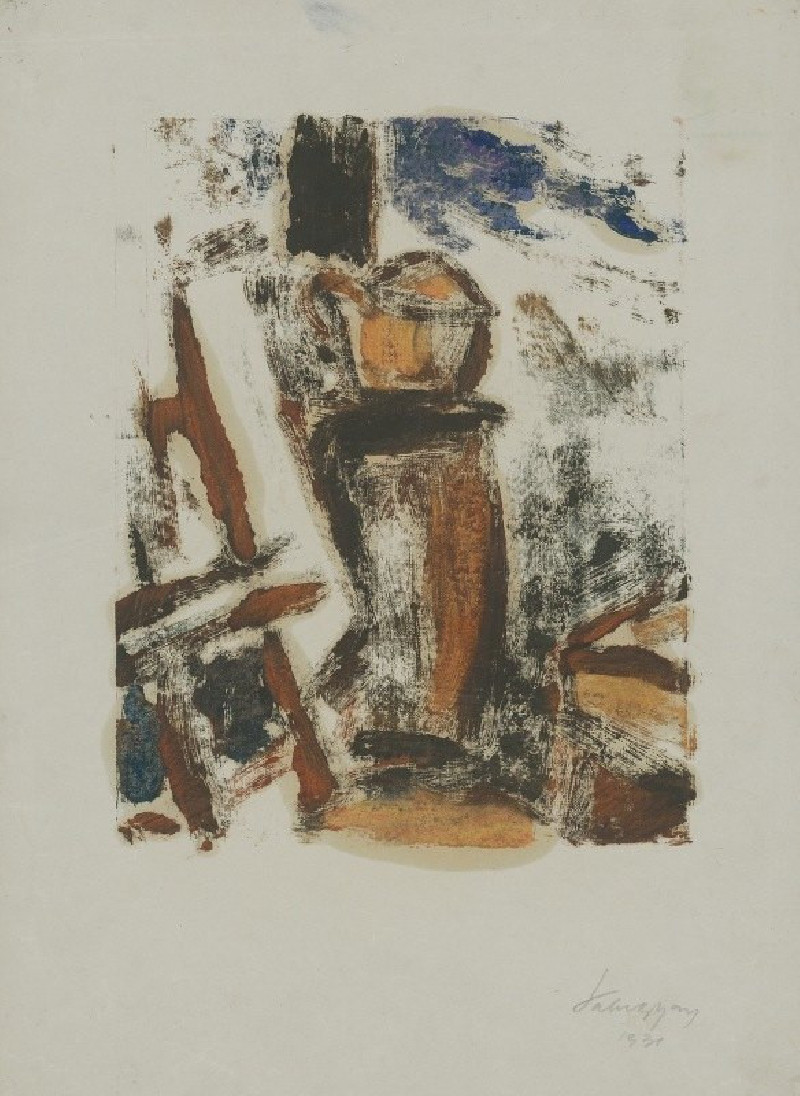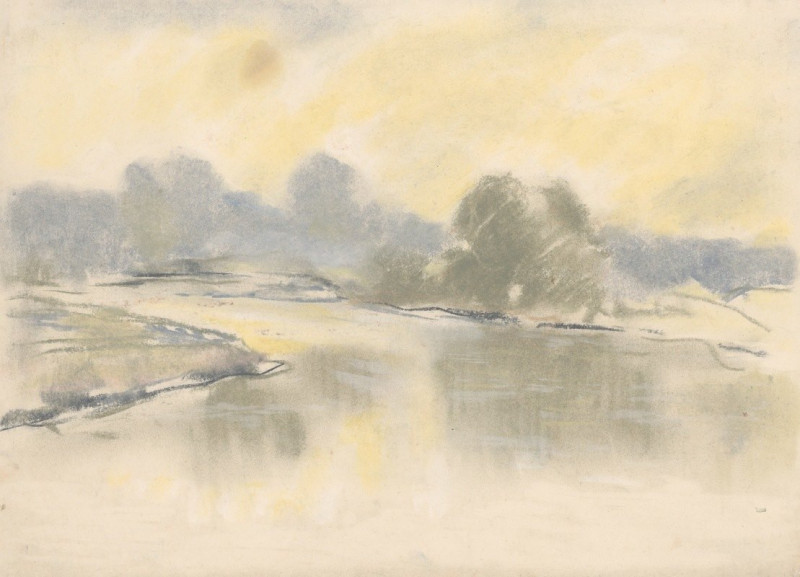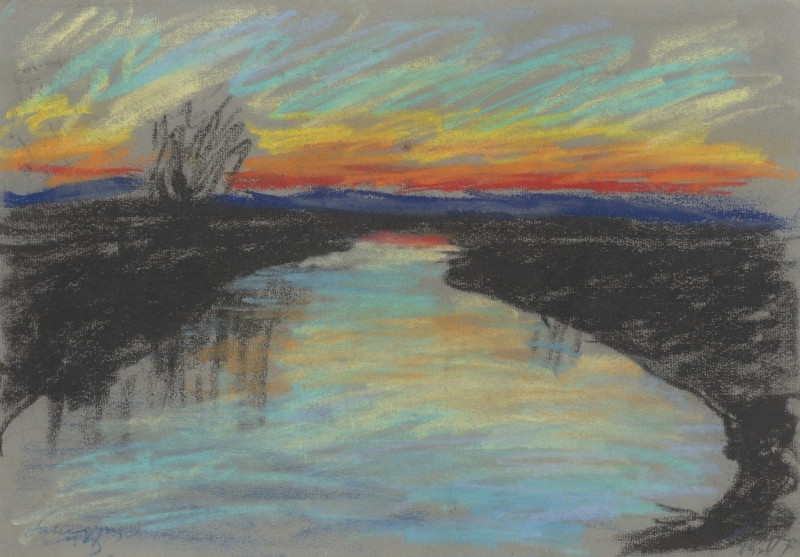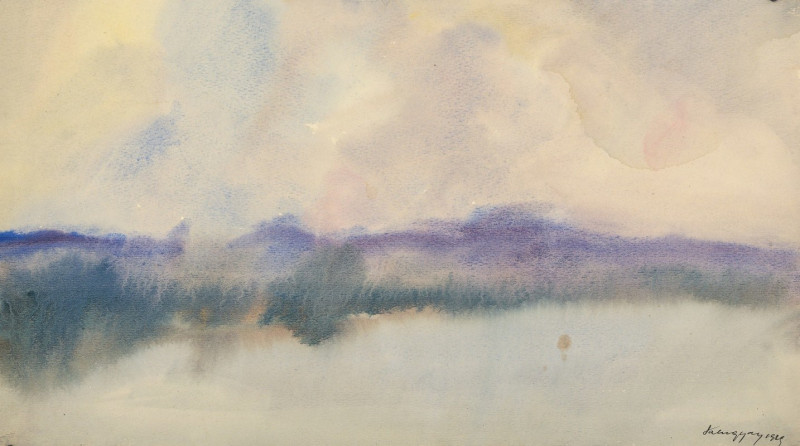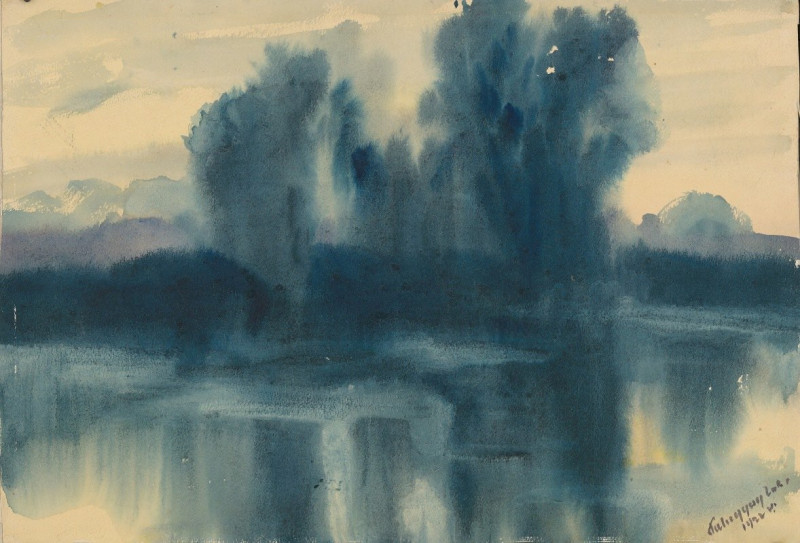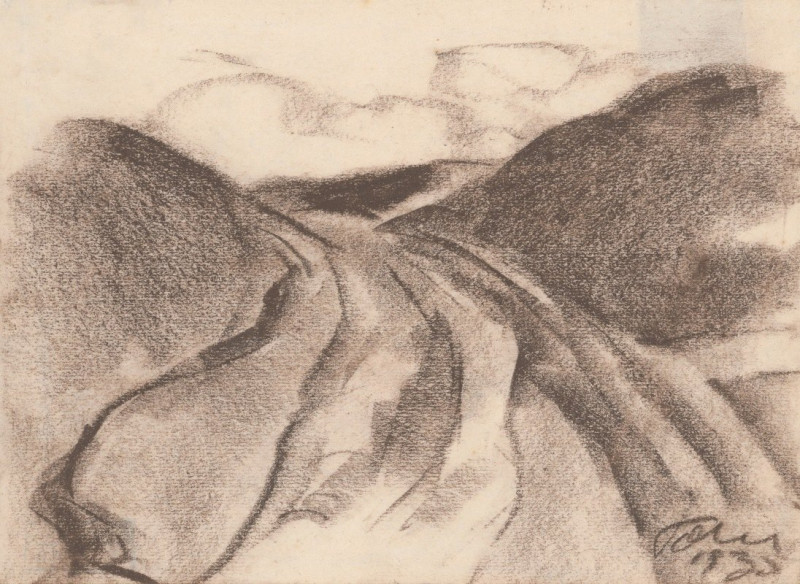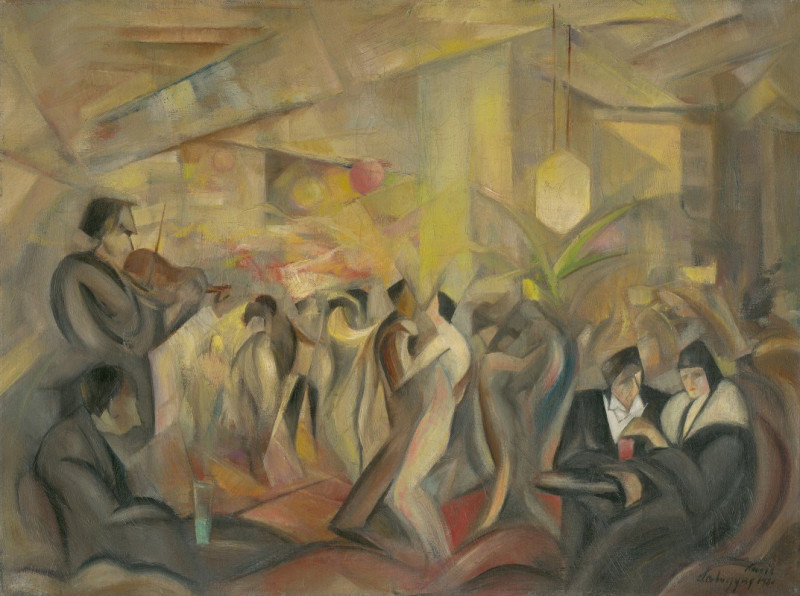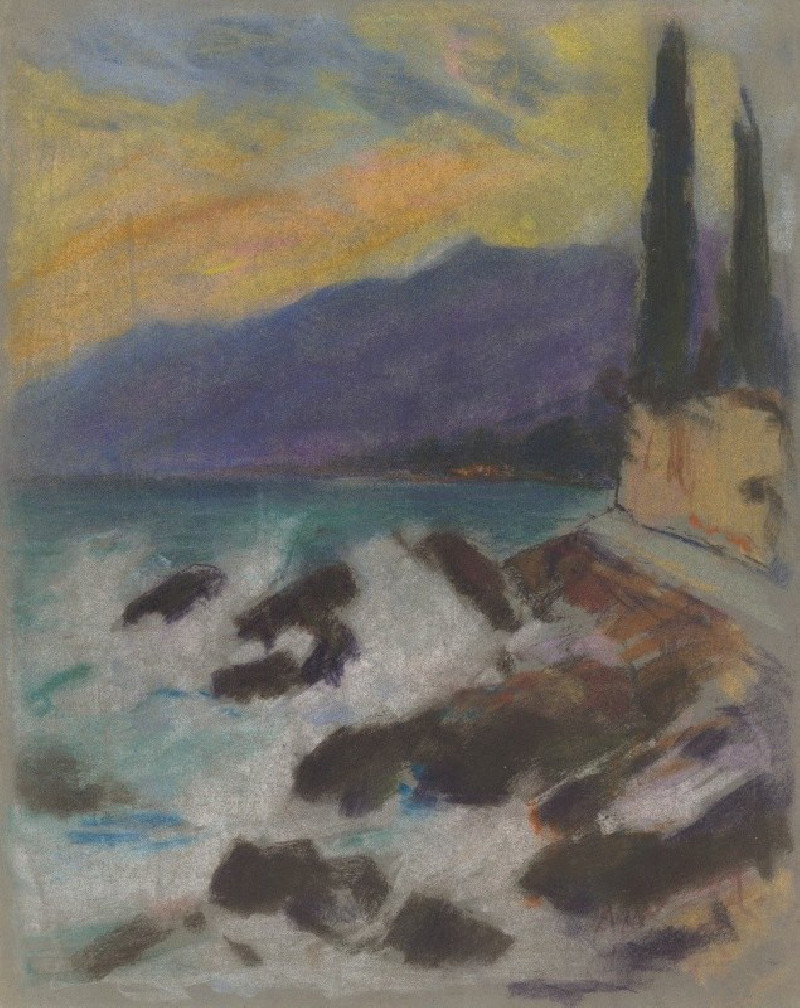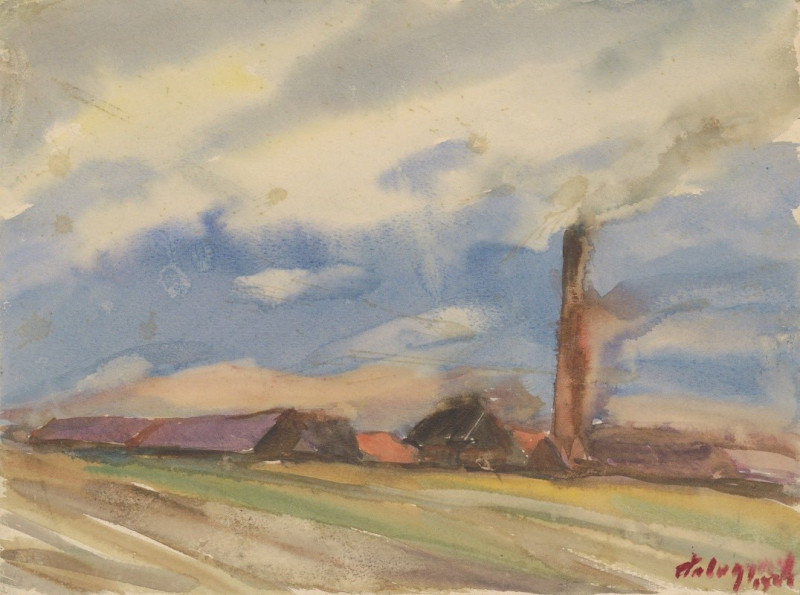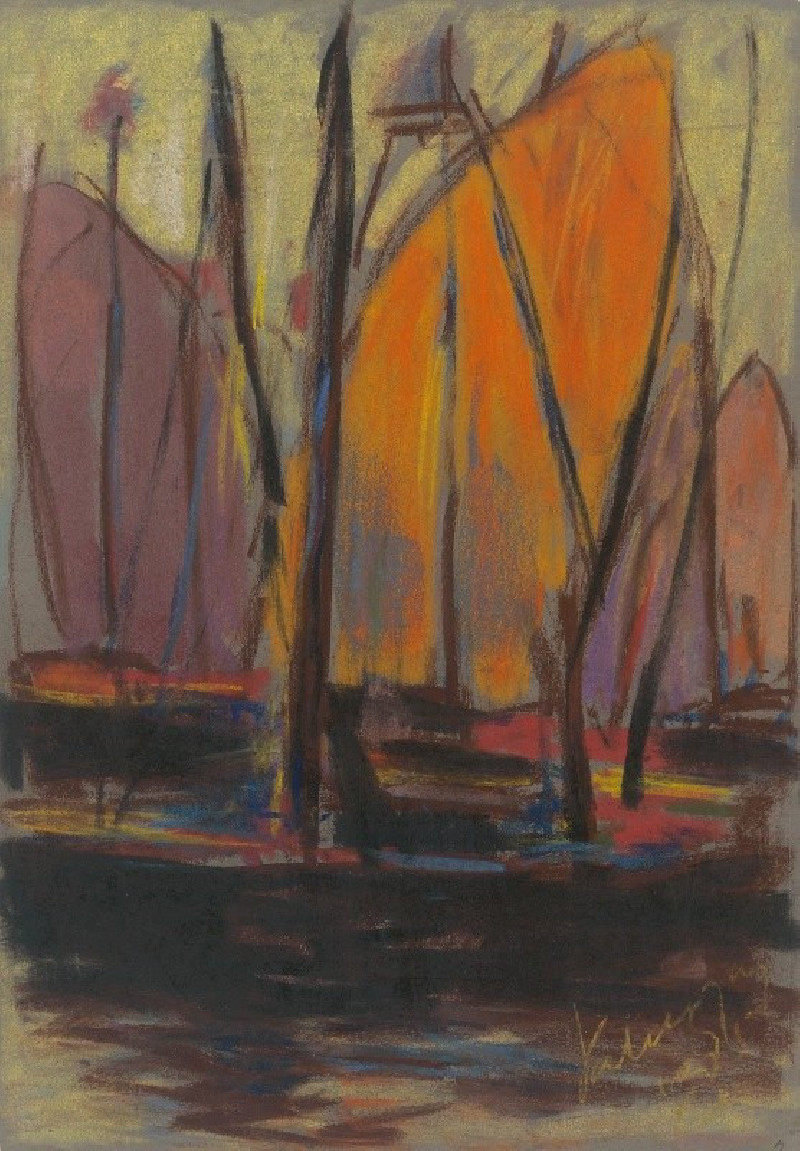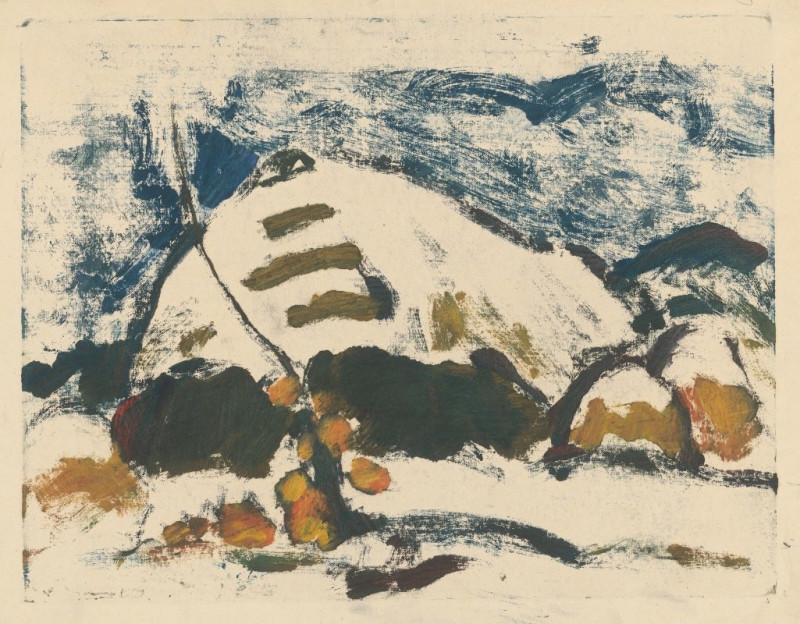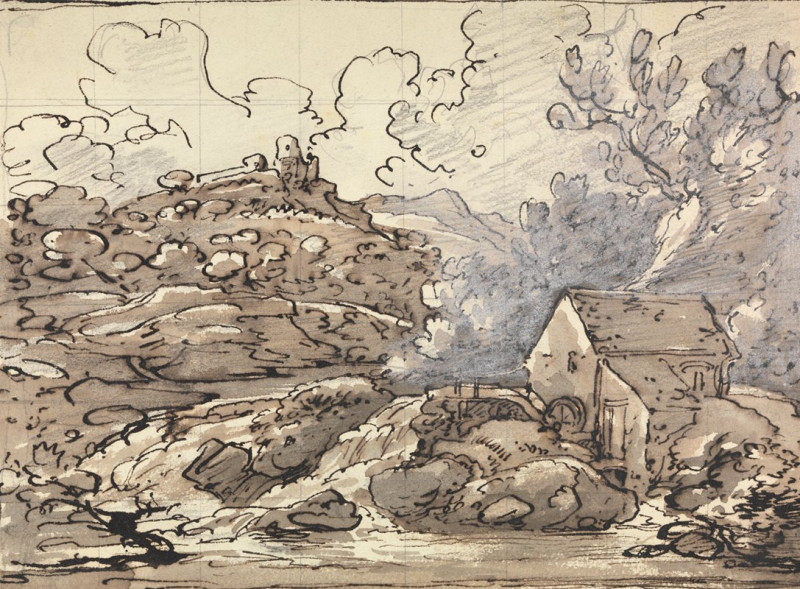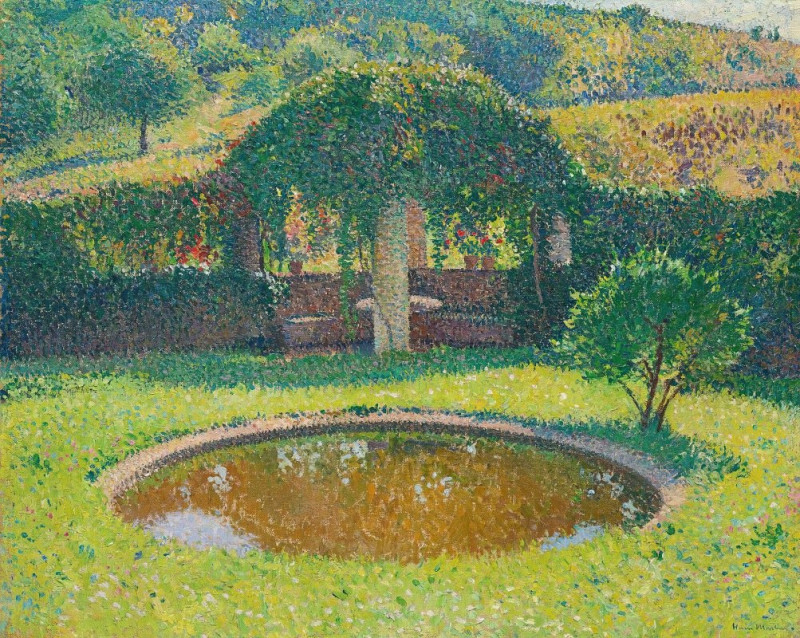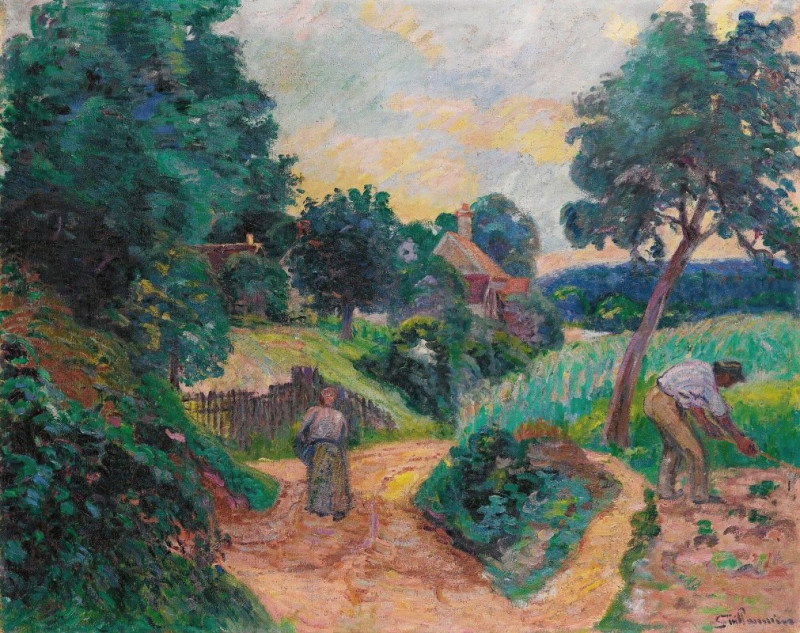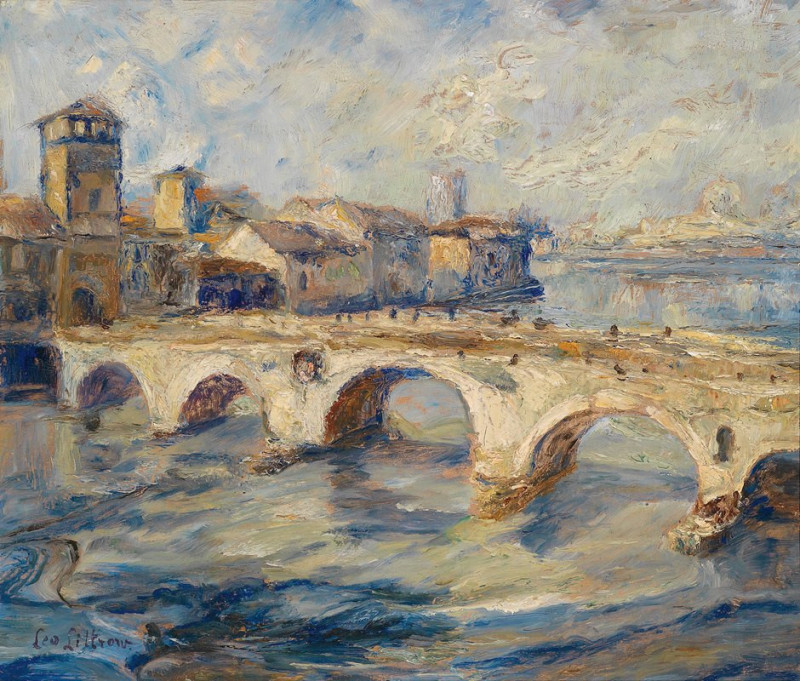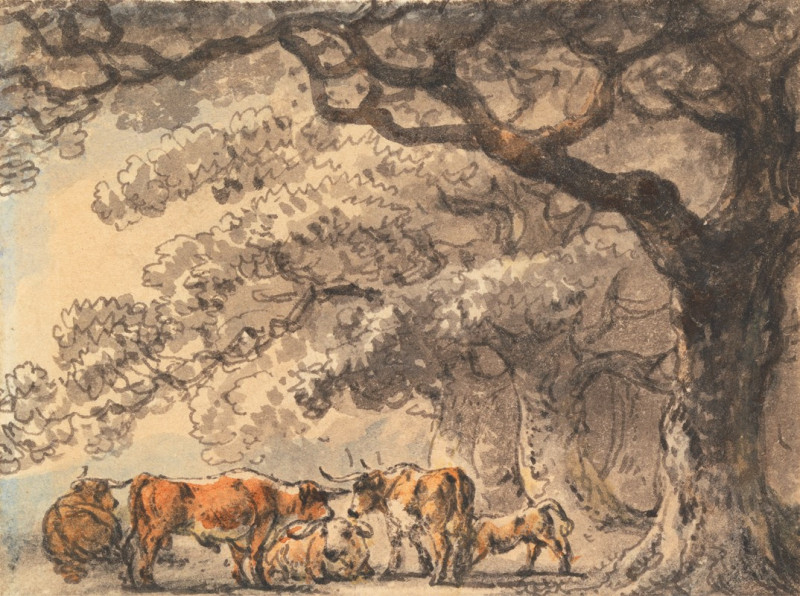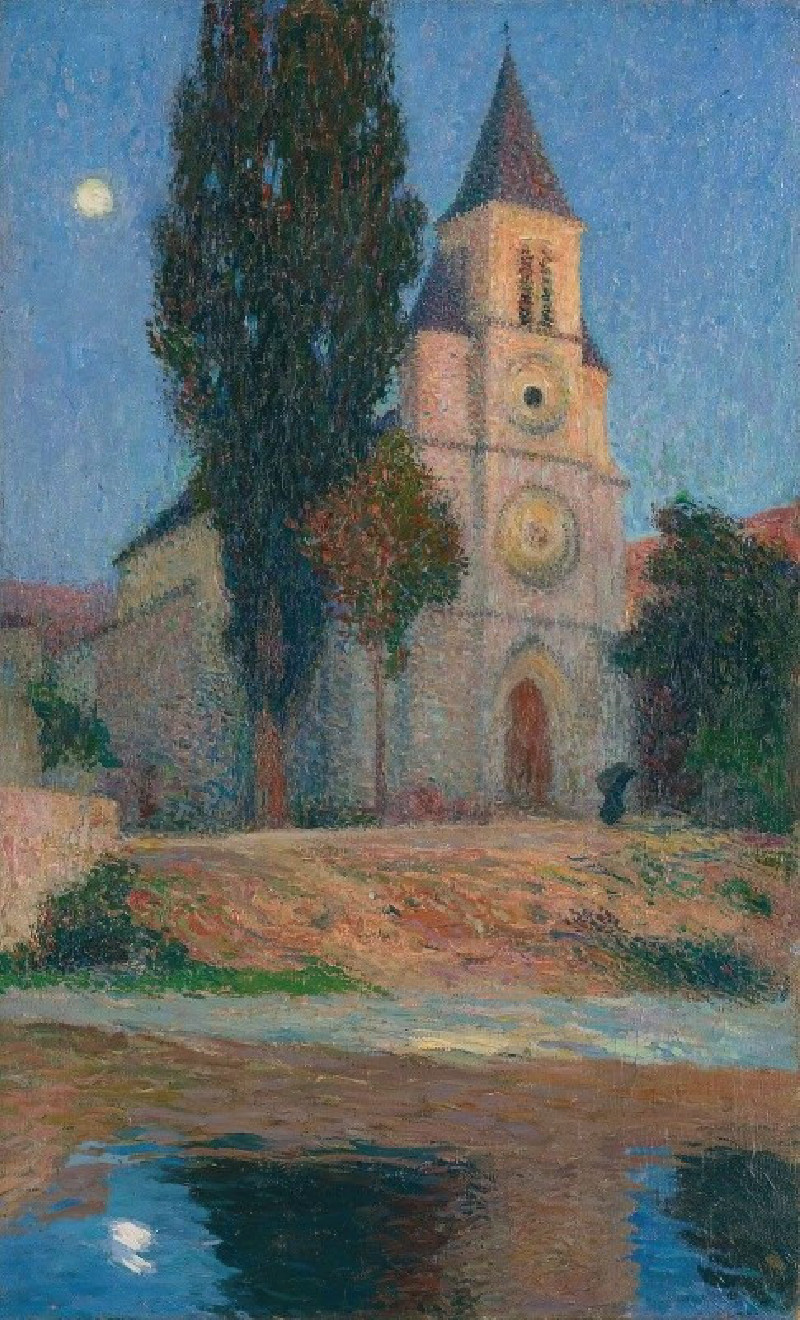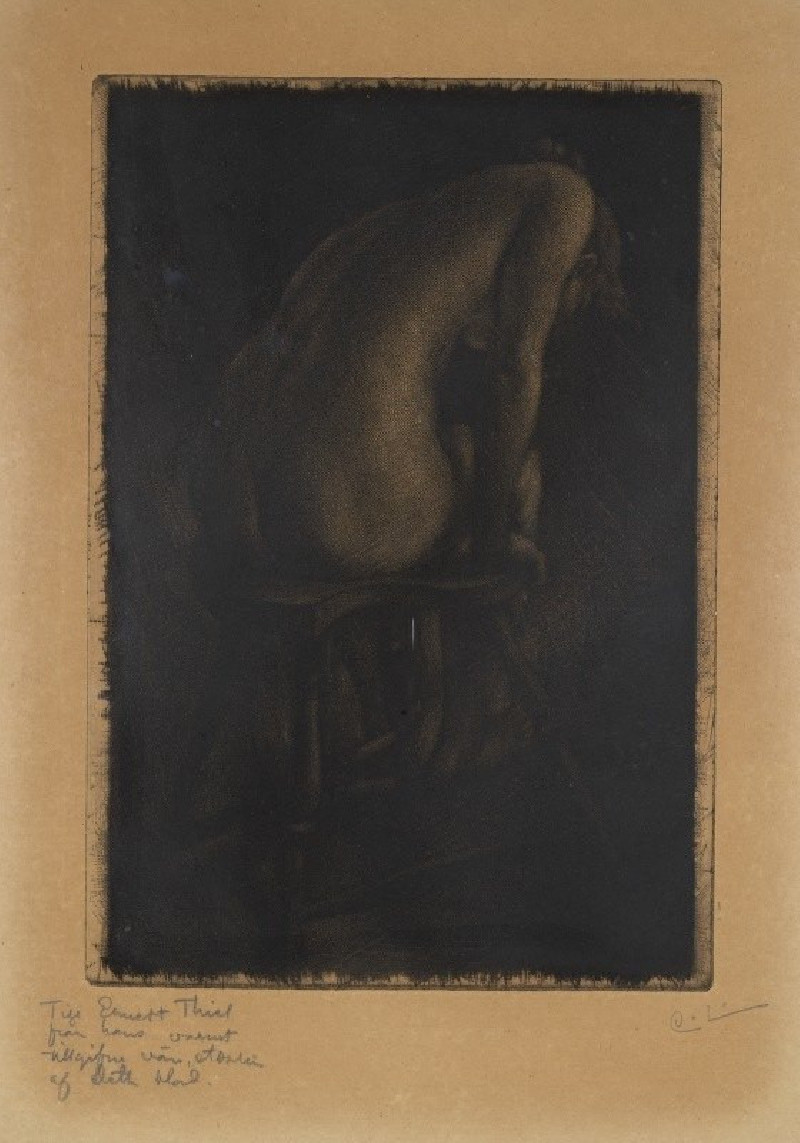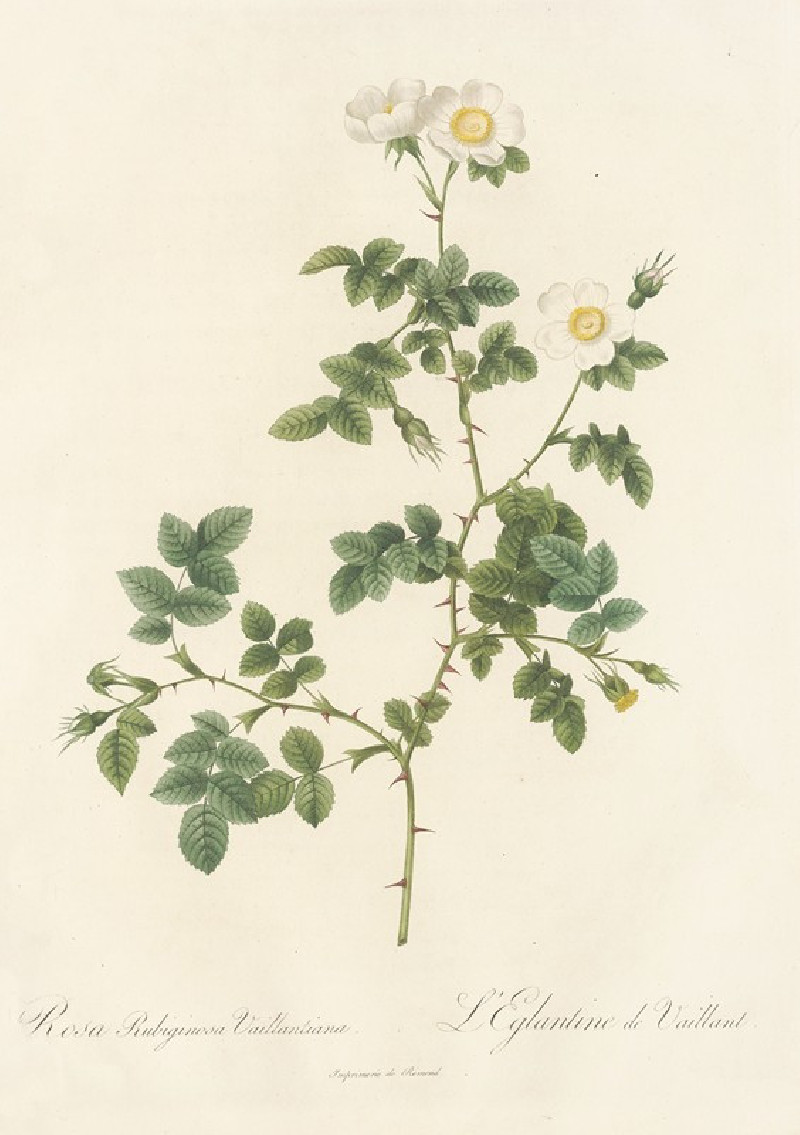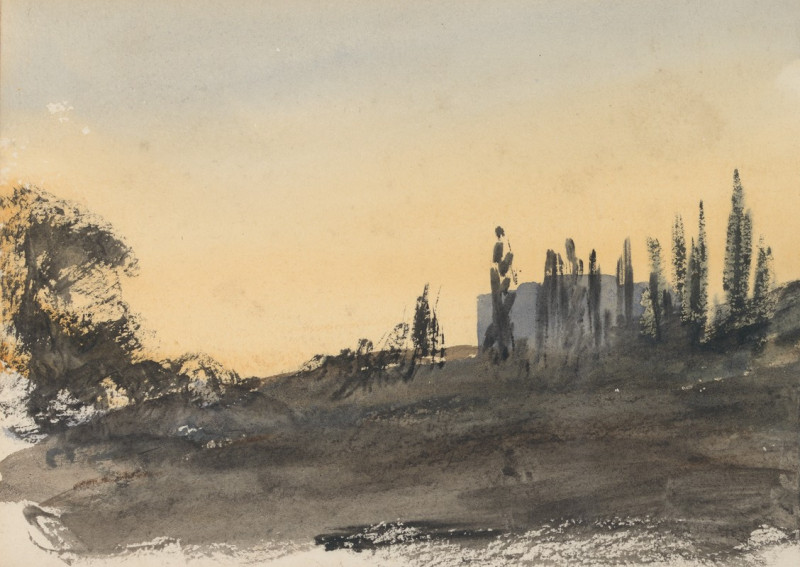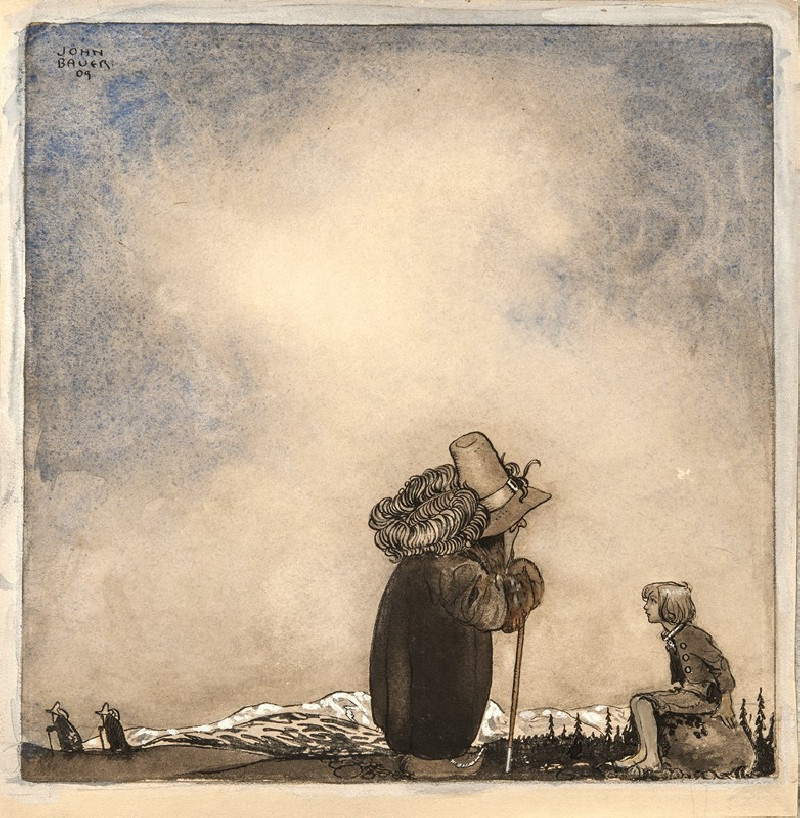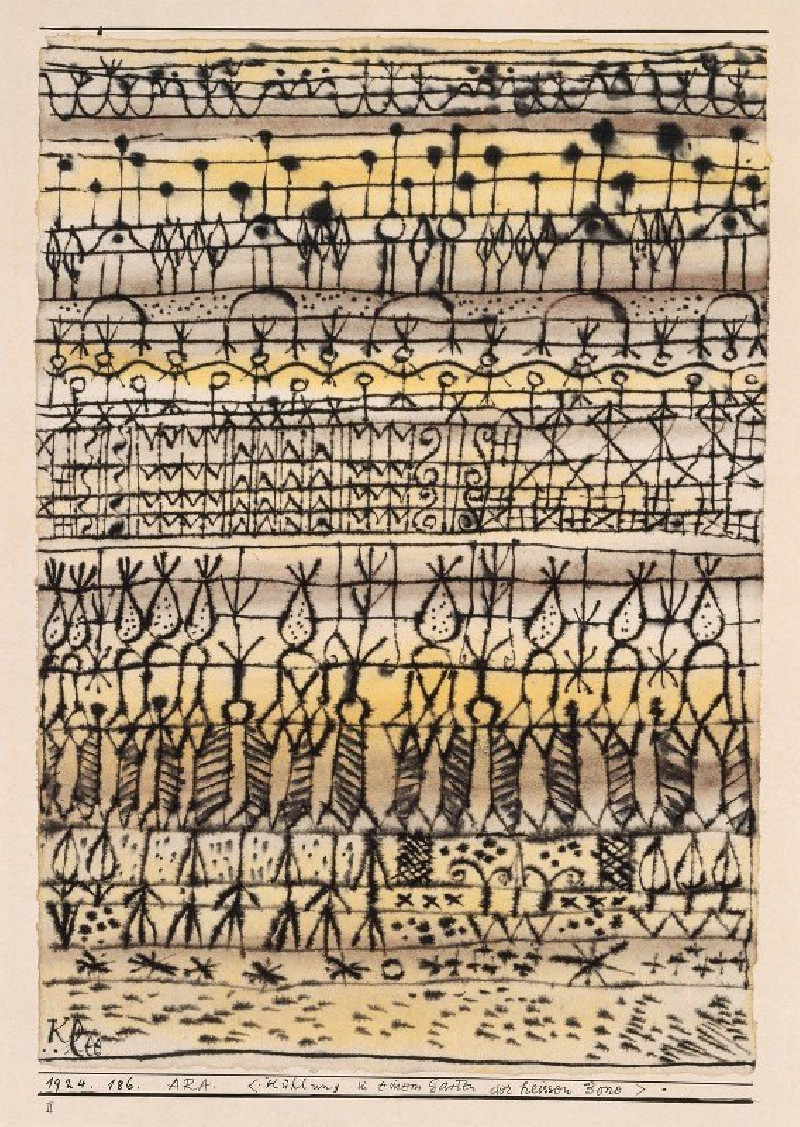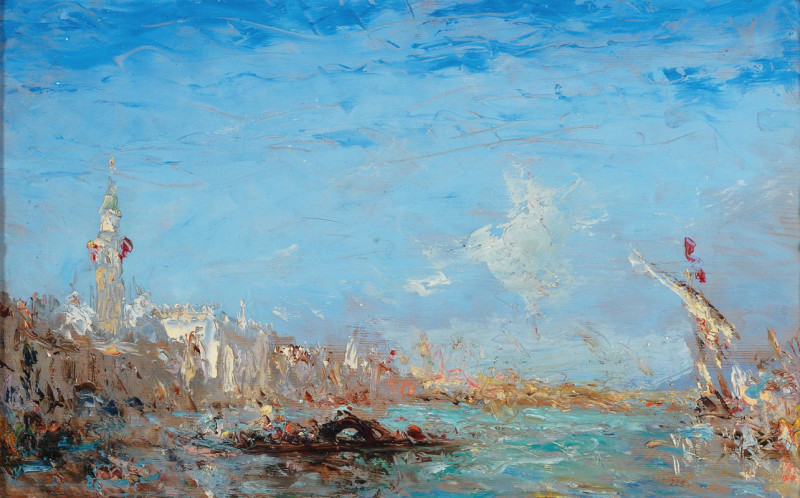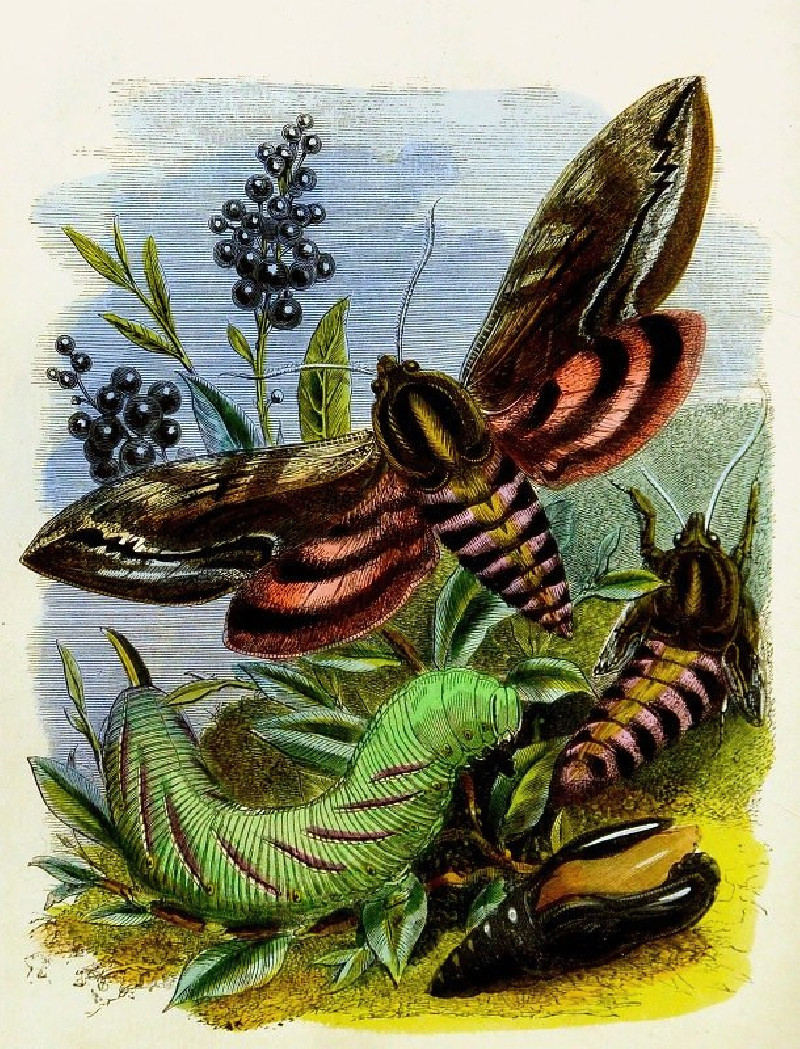Below the Mountain (1933–1934)
Technique: Giclée quality print
Recommended by our customers
More about this artwork
"Below the Mountain" by Zolo Palugyay, created between 1933 and 1934, offers a mesmerizing glimpse into the artist's abstract and emotion-driven interpretation of landscapes. This pastel painting employs a rich tapestry of muted and earthy tones overlaid with strokes of vibrant colors to portray the compelling force of nature nestling the mountain's base.Palugyay's work captures a rugged terrain with dynamic contrasts. Dark, powerful hues, possibly reflecting mountain rocks or dense vegetative clusters, dominate the central portion of the artwork. These deep tones are pierced by streaks of bright colors, dramatically illuminating sections of the painting. These could be interpreted as slivers of sun filtering through an overcast sky, imbuing the scene with a momentary glimpse of warmth and respite from the crepuscular ambience.The artist uses sweeping, rhythmic strokes that convey the majesty and unyielding presence of the mountain, looming ominously in the backdrop. Meanwhile, the forefront of the painting might represent a valley or a gorge, outlined by patches of light reflecting off what could be snow, water, or merely lighter rock surfaces. Each brush stroke coalesces into a textural landscape that feels alive, almost as if the viewer can sense the chill in the air and the ruggedness of the terrain."Below the Mountain" is not only a reflection of nature's external forms but also an introspective look into the emotional landscape that Palugyay navigates through his artistic expression. This painting invites viewers to delve into the subtleties of the scene and explore the interplay of darkness and light, both literal and metaphorical.

